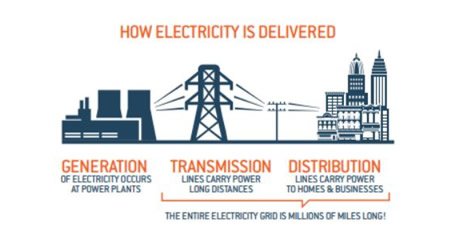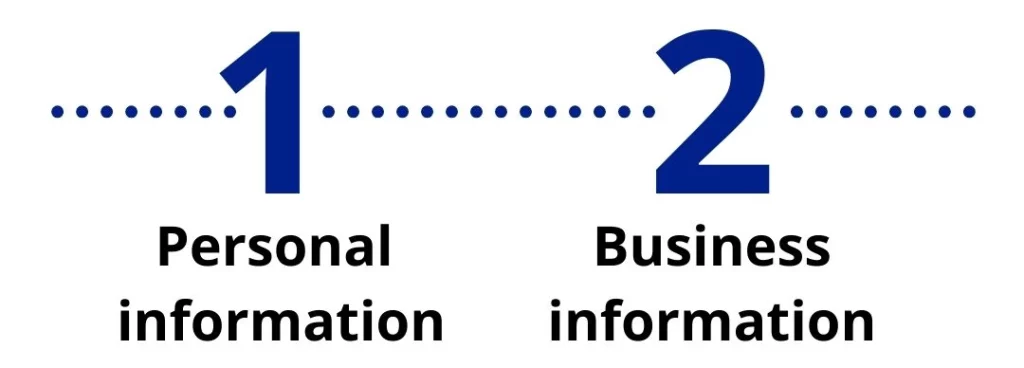Wholesale energy prices are pretty low at this point in time—in fact they have dropped between 25-40% over the past five years. You could even have a very good low fixed rate for your commercial electricity, yet the bill doesn’t seem to really go down. The truth is that on average, consumers are paying about 8% more during that same time according to John Schultz, President of Direct Energy Business. Why?
Let’s start with this, who is Direct Energy Business? This is the largest energy supply company that CES works with to help bring you the absolute best energy rates possible in the current market. At CES we do all the legwork for you. If you are a larger enterprise there is SO much to know that could affect your energy costs. We understand all that—it’s what we do—and we work with suppliers like Direct Energy Business so you don’t have to sort it all out. In many cases we can customize a quote for you that you would not be able to negotiate yourself.
But let’s start with the basics. What are all these charges on your electric bill and what does all the fine print say? Direct Energy Business has written a series of articles and I’d like to share them with you.
We’ll start with Electricity Pricing Components 101 from Direct Energy Business.

Electricity Pricing Components 101
By Direct Energy Business
To make sense of that pesky fine print, you’ll need to have some basic knowledge about the regular line items on your energy bill.
You already know about your electricity supply. It’s the main part of your bill and the cost of the electricity itself. With a fixed price, your cost will be the amount of energy you use multiplied by your kilowatt hour price.
There are three other major components that comprise monthly electricity costs for large businesses:
- Capacity
Capacity charges help guarantee that there will be enough energy on the grid to service all energy consumers at all times. It’s calculated based on the amount of energy you use during peak load times. - Transmission
Transmission charges account for moving power from the electricity generator to your local distribution company (usually your electricity utility). Budgets for new energy infrastructure are often baked into your transmission charge. - Distribution
Distribution charges account for moving power from your local distribution company (usually your electricity utility) to your business.

These components are mandatory fees charged by the utility. You pay them regardless of which retail company or utility supplies your electricity. Together they comprise the non-supply “fine print” charges that many businesses don’t pay attention to.
Why do so many businesses overlook this part of their rate?
It’s because many electricity pricing structures make them hard to see.
What’s included in your fixed price?
On the surface, a fixed price means that you’ll pay the same rate for electricity each month.
But it’s harder to discern what that fixed rate includes.
In some cases, non-supply components may be included as part of your supply price. Essentially, the supplier estimates the cost of these changing components and provides you with an all-inclusive fixed price premium for your term.
The problem with this solution for many large businesses, is that they forfeit the opportunity to actively manage these costs. And depending on how the contract is written, if mandatory fees go up, the supplier may be allowed to charge the business for the higher-than-estimated surprise fees.
That’s right. Your supplier may be able to charge you for non-supply fees, even if you’re paying a premium fixed supply price that already accounts for them.
You have to read the fine print
It’s critical to understand the non-supply components of your electricity price and contract – now more than ever.
Why?
Because while wholesale electricity prices have dropped, non-supply costs have spiraled out of control. And fine print often leaves room for suppliers to pass these exorbitant fees along to customers without warning.
We’re exposing the hidden truth of these market changes to business leaders like you; and offering a new era pricing structure that puts the power in your hands to manage it.
It’s time to get to know your fine print, and make sure you have a smart energy strategy for the long term.
At CES we can help you with that smart energy strategy for the long term. We understand how all this works and can offer solutions to help lower your energy costs. Give us a call at 866-748-2669 and ask for a Free Energy Analysis.



